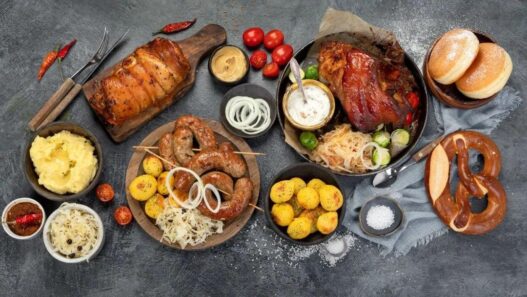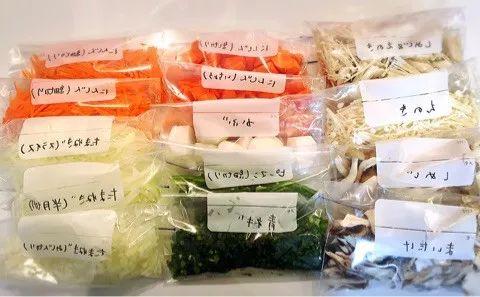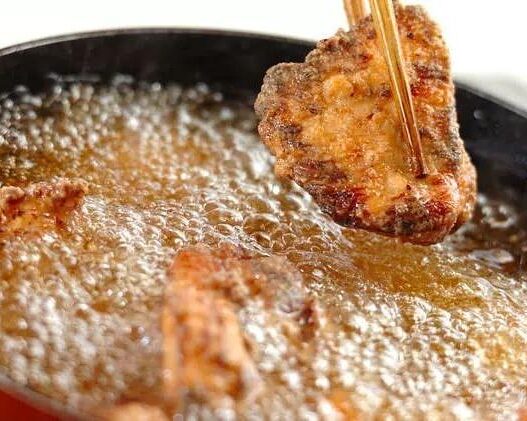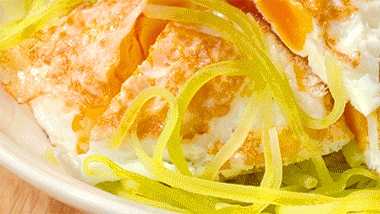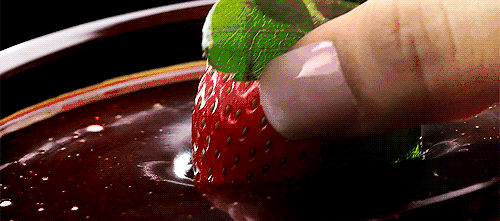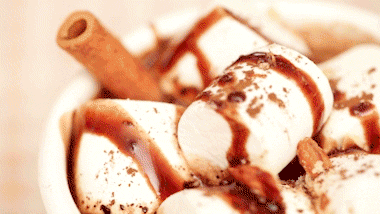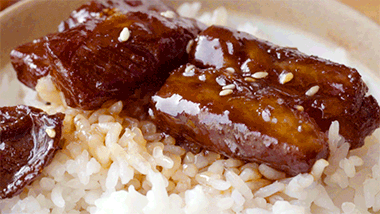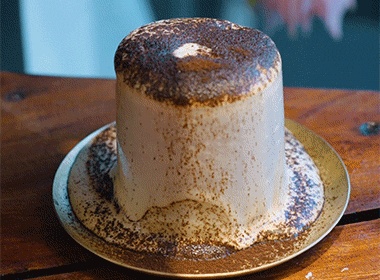In The Simpsons, Homer famously asks to have Hidden Valley Ranch dressing squirted on his face, grinning as the creamy white sauce covers him. That moment captures America’s love for ranch dressing in one unforgettable image.
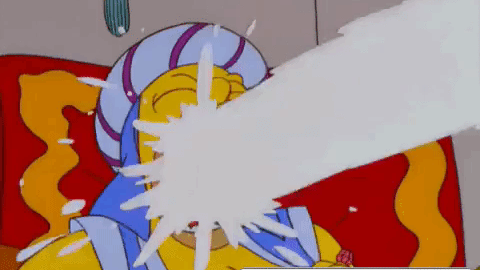
But this isn’t just a condiment—it’s a cultural phenomenon. Hidden Valley Ranch (HVR) is to Americans what olive oil is to Italians or soy sauce is to the Chinese. For many, it represents childhood memories, comfort food, and even a taste of home.

One fan wrote, “From the day ranch entered our house, it conquered the kitchen.” Others describe it as the moment they “finally knew what good food tastes like.”

What Exactly Is Ranch?
Ranch dressing is a creamy blend typically made from buttermilk, garlic, onion, mustard, herbs (usually dill and parsley), and mayonnaise. Hidden Valley Ranch was invented in 1952 by a plumber-turned-rancher named Steve Henson.
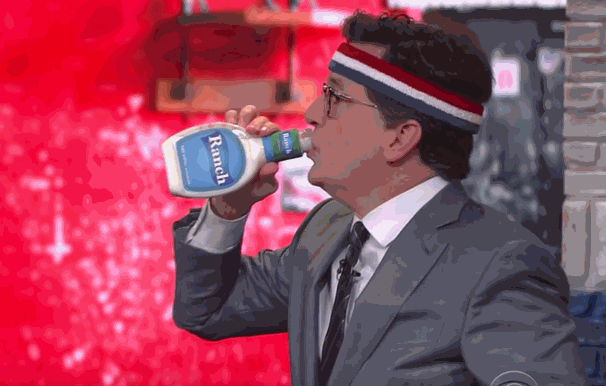
He began concocting the dressing on his California ranch, using it to feed hungry coworkers. Later, he and his wife began selling it from their ranch. After selling the brand to a major food company for $8 million, it exploded nationwide.

How Ranch Took Over America
Since 1992, ranch has topped every condiment poll. By 2017, nearly 40% of Americans called it their favorite dressing. On average, each American consumes 38 bottles a year.

It’s not just for salads. People dip pizza, fries, fried chicken, seafood, and even fruit into it. In party settings, ranch fountains modeled after chocolate fountains are a hit.

The name itself carries meaning: “Hidden,” “Valley,” and “Ranch” evoke something pure and nostalgic. Yet its taste is complex: creamy yet tangy, familiar yet bold—a flavor that sticks with you.
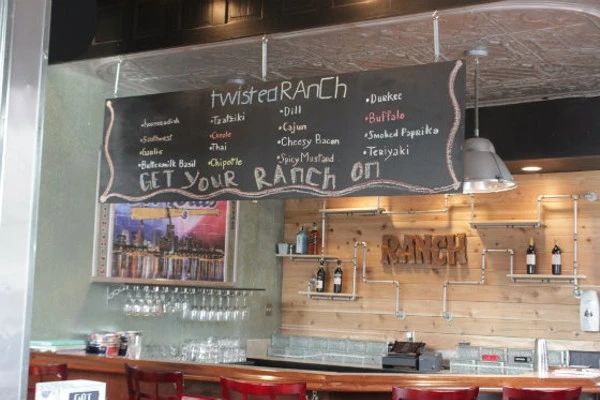
Praise and Controversy
While fans worship it, critics despise it. Some food journalists call ranch dressing a “national crisis,” worrying it dulls American palates. Even The Washington Post once dubbed ranch fixation a “problem in American food culture.”
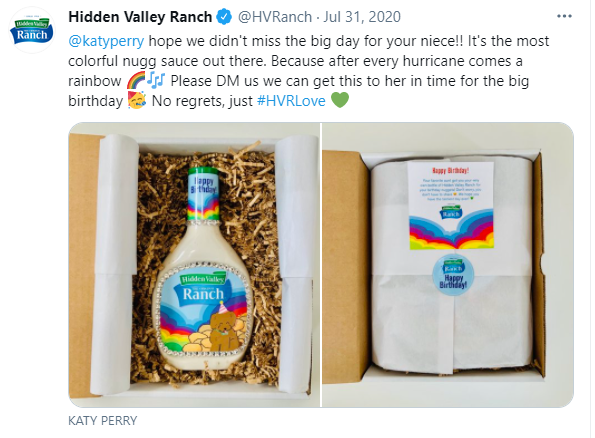
Yet celebrities like Melissa McCarthy and Katy Perry proudly display their devotion. Perry reportedly insists ranch be stocked backstage at her concerts.
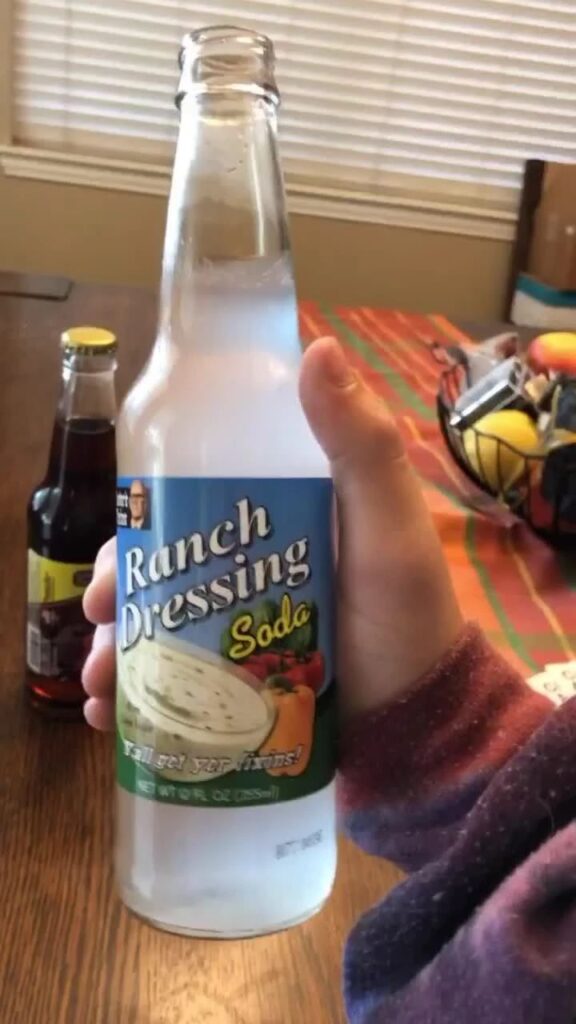
At one St. Louis restaurant, the owner is such a fan that ranch is added to every single dish—even dessert. Ranch-flavored pudding? You bet.
Ranch in American Pop Culture
Much like Coca-Cola or hamburgers, ranch has become a symbol of Americana. From roadside diners to Michelin-starred kitchens, it finds a place.
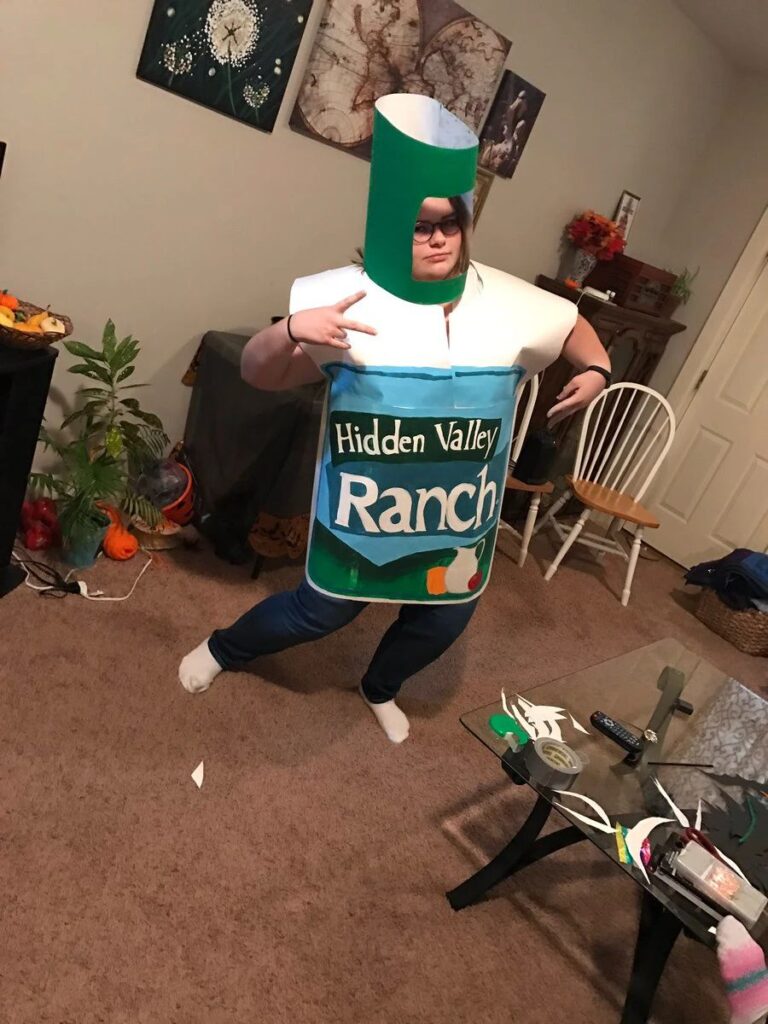
In regions across the U.S., ranch adapts. In the South, it cuts the grease of fried chicken. On the West Coast, it perks up fresh seafood. In New York, it lubricates dry deli sandwiches.
Even on YouTube, “no-water ranch challenges” exist—where people try to eat a box of Popeyes biscuits with only ranch and no drinks, often to hilarious (and dry-throated) results.
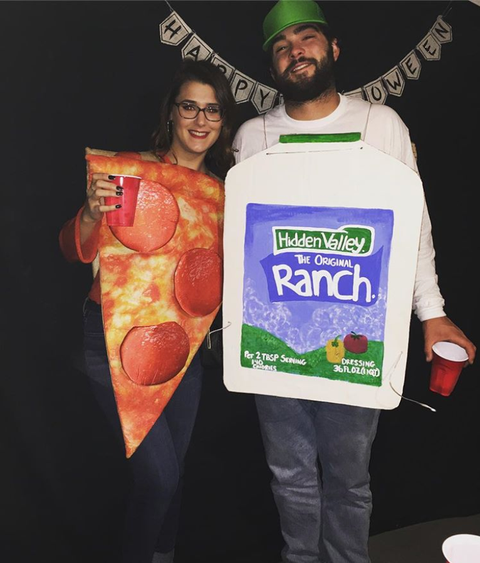
Final Thoughts
Ranch isn’t just a dip—it’s a way of life. Whether used to dress a salad or elevate junk food, it represents more than taste. It’s emotion, nostalgia, and American culinary identity in a bottle.
To outsiders, it may smell funky or look like bleach. But to millions of Americans, Hidden Valley Ranch is the one condiment that makes anything edible—and everything better.






